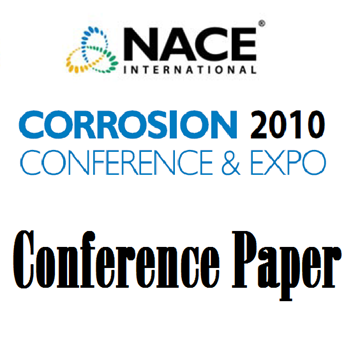Search
10102 High Voltage Direct Current Interference with Underground/Underwater Pipelines
Also Purchased
51318-10689-PIPELINE STRAY DIRECT CURRENT (DC) INTERFERENCE
Product Number:
51318-10689-SG
Publication Date:
2018
$20.00
51318-10656-CP Interference - Interference Testing and Mitigation of Interference Issues
Product Number:
51318-10656-SG
Publication Date:
2018
$20.00
10108 AC Corrosion and Cathodic Protection of Buried Pipelines
Product Number:
51300-10108-SG
ISBN:
10108 2010 CP
Publication Date:
2010
$20.00




